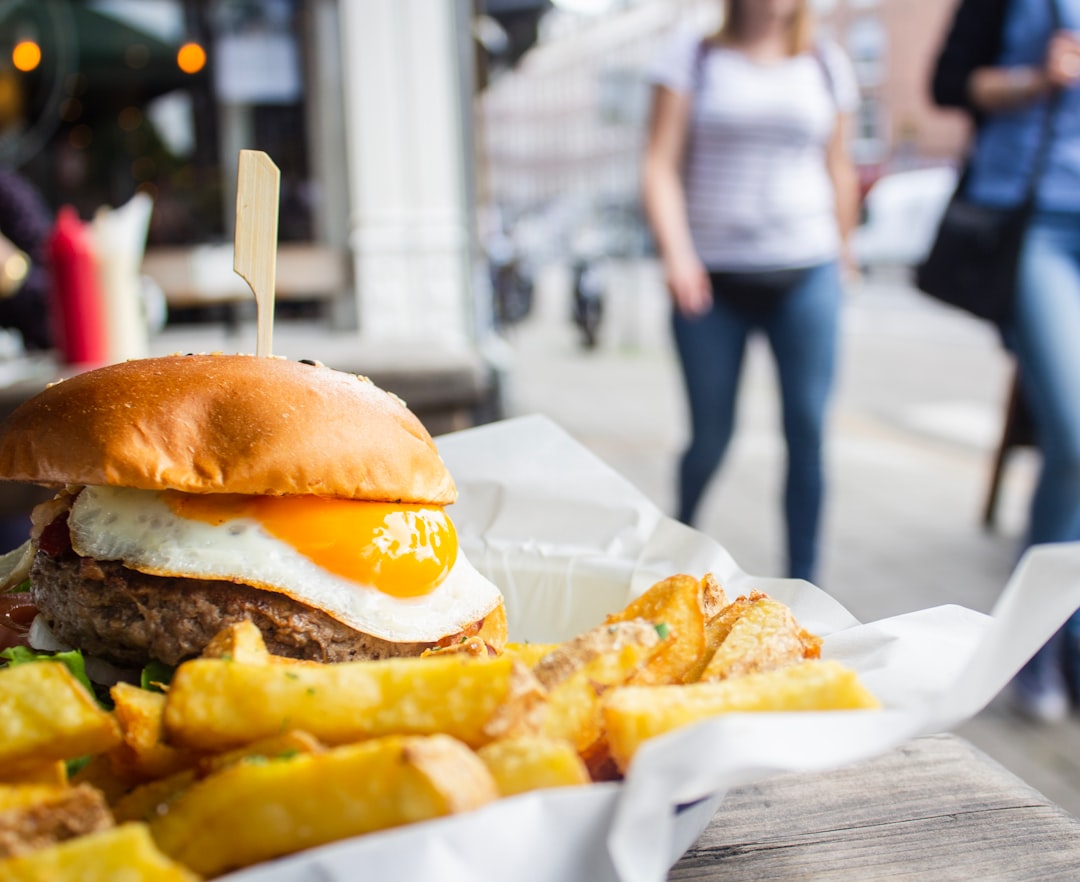What is it about?
Geographical variation in the interacting traits of plant–pollinator mutualism can lead to local adaptive differentiation. We tested Darwin's hypothesis of reciprocal selection as a key driving force for the evolution of floral traits of an alpine ginger (Roscoea purpurea) and proboscis length of a tabanid fly (Philoliche longirostris). We documented the pattern of trait variation in R. purpurea and P. longirostris across five populations. At each site, we quantified pollinator-mediated selection on floral display area, inflorescence height and corolla length of R. purpurea by comparing selection gradients for flowers exposed to natural pollination and to supplemental hand pollination. Reciprocal selection between plant and fly was examined at two sites via the relationship between proboscis length and nectar consumption (fly benefit) and corolla length and pollen deposition (plant benefit). Local corolla tube length was correlated with local fly proboscis length among the five sites. We found strong linear selection imposed by pollinators on corolla tube length at all sites, but there was no consistent relationship of fitness to inflorescence height or floral display area. Selection between corolla length and proboscis length was reciprocal at the two experimental sites examined. The geographical pattern of trait variation and the evidence of selection is consistent with a mosaic of local, species-specific reciprocal selection acting as the major driving force for the evolution of corolla length of R. purpurea and proboscis length of P. longirostris.
Featured Image
Read the Original
This page is a summary of: Coevolutionary elaboration of pollination‐related traits in an alpine ginger (
Roscoea purpurea
) and a tabanid fly in the Nepalese Himalayas, New Phytologist, April 2016, Wiley,
DOI: 10.1111/nph.13974.
You can read the full text:
Contributors
The following have contributed to this page










